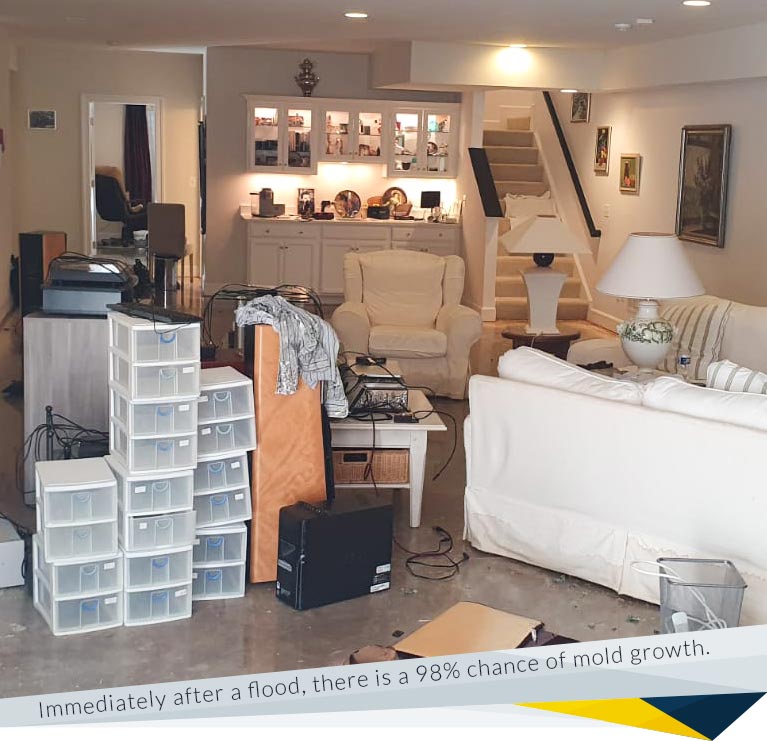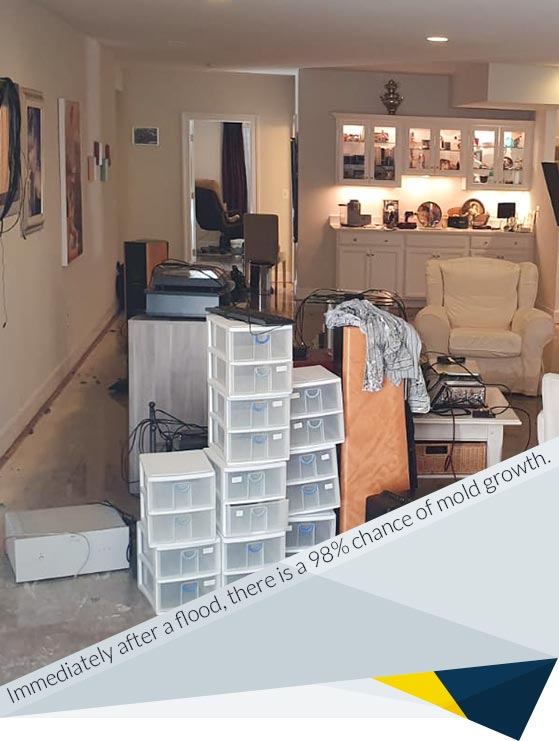
My deep condolences to everyone who was a victim of the recent floods in the United States. No one should talk down the impact of this disaster. A spilled bowl of water can do untold damages to home appliances; imagine the serious flood damage.
Tackling floods is a topic that has probably existed since man and water coexisted. After playing your part in combating potential floods, you should also consider putting your home in good order, especially when it comes to mold growth.
Mold will flourish when conditions of temperature, moisture, and nutrients are perfect. Since most surfaces have an adequate amount of temperature and nutrients, all molds need to grow most times is moisture.
Molds grow on nearly every surface. You can find mold growth on food, mold growth in homes, and even mold in walls.
Mold has tiny fungal spores that form a colony that we see as discoloration on most surfaces. They are essential in the earth's ecosystem as they break down materials into a usable or recyclable form.
However, the importance it has on the ecosystem cannot outweigh the danger it poses to individuals. For instance, the volcano impacts the earth with much-needed nutrients after erupting. That doesn't mean humans should not vacate their houses when it erupts.

Mold takes about 1 or 2 days to grow. They take about 14 days to establish a colony and less than 21 days to be visible to the human eye. Their growth rate highly depends on the conditions they are under, whether it is optimal or not.
These conditions include the type of surface, ambient temperature, and level of humidity. Considering this data and black mold growth rate, there is a 98% chance of black mold growth or any form of mold growth in a home immediately after a flood.
After mold exposure, there can be medical signs such as irregular breathing, asthmatic attacks, nasal congestion, skin rashes, sneezing, etc.
The truth remains that mold allergies and mold poisoning have been triggers for underlying severe health issues in the past. If it is not quickly addressed, it becomes a big issue.
Like every other living thing, mold grows in stages, and to curb this growth, we must pay serious attention to each step. The stages of mold growth are:
In the sporulation stage, mold swells up and bursts out like a punctured balloon, thereby spreading thread-like hyphae on surfaces. Since molds do not have the liberty to choose the surface they'll land on, they adapt and survive on nearly all surfaces. The hyphae may then remain dormant for as long as possible until the condition is suitable.
The germination stage starts immediately after the optimal condition is met. The previously inactive mold spores become active and try to establish their hyphae.
During the growth stage, the spores absorb moisture and nutrients, then establish themselves by spreading to form a colony of many mycelia. At this stage, the mold colony is gradually becoming visible.
The reproductive stage of mold growth is all about the multiplication of the mold colonies. Typically, mold will keep multiplying until there is a deficiency in nutrients, substrate, or optimal conditions if the condition is right.
Detecting molds or measuring mold growth is done by professionals. However, measuring it depends on:
Our company has a measurement system that measures humidity and moisture, which makes mold testing effortless. It provides accurate values and helps pinpoint where mold is likely a problem especially after a flood.
When detecting or measuring the rate of mold growth, relative humidity should not pass 80%. The wet duration is estimated between 0.1 and 1.0. However, the optimal wet condition for mold falls in the range of 0.7 and 0.9. At this point, mold is already lurking somewhere.
Optimal temperature conditions for mold growth fall below room temperature. However, it doesn't mean mold cannot grow at room temperature. There are spots and corners in the home, like under the rug or behind the fridge, that forms their temperature structures where mold thrives.
The following are ideal conditions for mold growth:
The extent of water damage and mold growth cannot be separated regarding flooding and water issues.
Stopping mold growth entirely is best achieved by professionals and a remediation team. Since mold remediation deals with detecting, analyzing, and removing molds, mold removal is a unit under remediation.
If you're trying to know how to get rid of black mold, but there is no option to hire professionals, there are a few recommendations how the process of black mold removal can be completed yourself at home.
Ideally, you need to schedule mold testing after some time to make sure there's no hidden mold growth in the home.
Preventing mold growth requires consistent mold inspection and testing. Since exhaustive mold testing requires good equipment, a casual mold inspection can cover some grounds. The following should be looked out for while inspecting:
If you need a mold remediation and removal specialist, then FDP Mold Remediation is the best out there. We render services like mold inspection, mold testing, mold containment, mold removal, property cleaning, property disinfection, property destruction, and filtration unit.
Our company operates in New Jersey, New York, Texas, Virginia, Florida, Washington DC, and Maryland. The danger that mold poses to your health and the durability of materials should not be taken lightly. Make sure you contact our experts to get rid of them.



